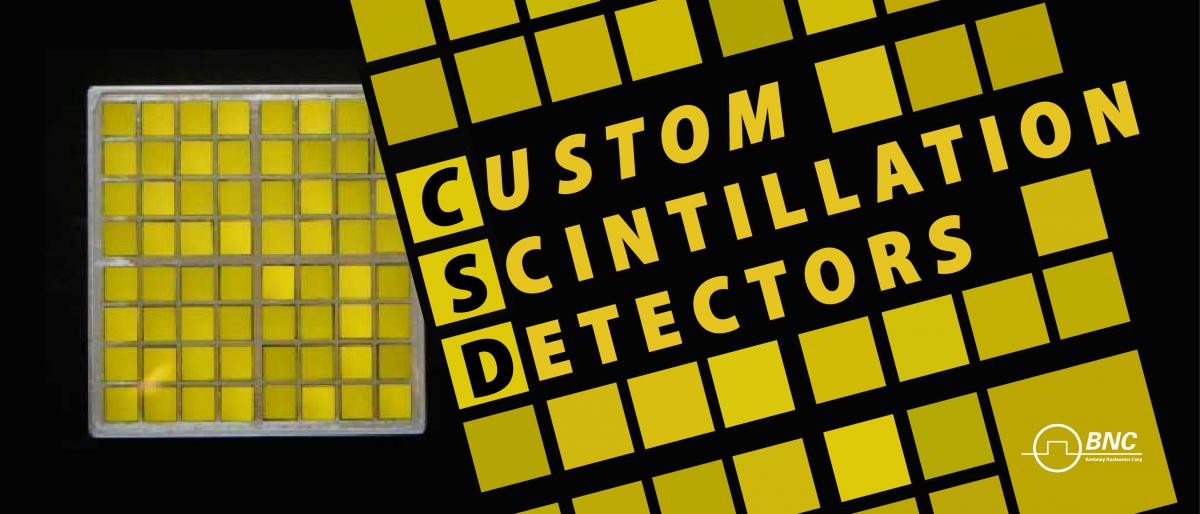June 12, 2023 - Scintillator | What are Scintillator Materials?
Scintillators, luminescent materials that emit light when exposed to ionizing radiation, have revolutionized the field of radiation detection and imaging. From homeland security to medical diagnostics, scintillators play a vital role in a wide range of applications. In this blog post, we will delve into the fascinating world of scintillators, exploring their properties, applications, and significance in various industries.
Properties and Mechanism:
Scintillators possess the unique property of luminescence, which allows them to absorb energy from incoming particles and re-emit it in the form of light. When struck by ionizing radiation, scintillators absorb the energy and enter an excited state. The subsequent relaxation process can lead to two phenomena: delayed fluorescence or phosphorescence, depending on the type of transition and wavelength of the emitted optical photon.
Applications:
- Homeland Security: Scintillators are extensively used by the American government as radiation detectors for homeland security purposes. These detectors help in identifying and preventing the illicit transportation of radioactive materials.

- Particle Detectors: In the field of high-energy physics, scintillators are employed as particle detectors. They aid in the detection and characterization of subatomic particles produced in particle accelerators and colliders.
- Medical Diagnostics: Scintillators find wide application in medical diagnostics. They are utilized in CT scanners, gamma cameras, and handheld survey meters for detecting and measuring radioactive contamination. Scintillation detectors, in conjunction with photomultiplier tubes, enable accurate monitoring of nuclear material.
- Energy Resource Exploration: Scintillators play a significant role in new energy resource exploration. They are utilized in the detection of gamma radiation in oil wells, aiding in the identification and evaluation of potential energy reserves.
- X-ray Security: Scintillator-based detectors are employed in X-ray security systems at airports and other high-security locations. These detectors enhance the detection of illicit substances and contraband items.

- Photovoltaic Applications: Scintillators have shown potential in harnessing gamma-ray energy through the photovoltaic effect. The conversion of gamma rays into electrical energy could pave the way for the development of efficient and compact nuclear batteries.
Scintillators have revolutionized radiation detection and imaging across various industries. Their unique luminescent properties and ability to convert ionizing radiation into detectable light make them indispensable tools in areas such as homeland security, medical diagnostics, energy exploration, and more. As technology continues to advance, scintillators are likely to play an increasingly vital role in shaping the future of radiation detection and related applications.

Berkeley Nucleonics specializes in providing a wide range of scintillators and detectors for nuclear detection applications. Their offerings include innovative crystal options such as CeBr3, Ga3Al2Ga3O12(Ce) GAGG, and Cs2HfCl6, as well as traditional scintillators like NaI(Tl), CsI(Tl), CsI(Na), and 6LiI(Eu). Whether you're looking for cutting-edge solutions or established scintillator materials, Berkeley Nucleonics has you covered. For more information or if you have any inquiries, please visit our webpage at this link.
